17 Old Car Brands We’ll Never See Again
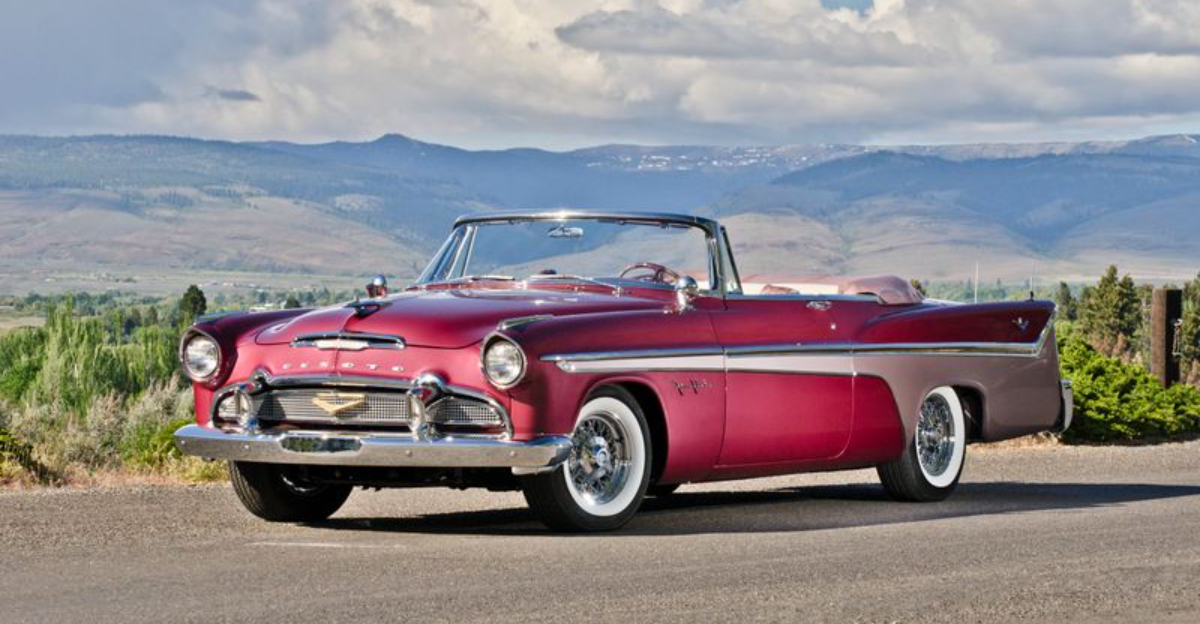
Some car brands burst onto the scene with big dreams, wild designs, and plenty of ambition, only to fade into the background like a forgotten radio hit.
Whether crushed by competition, swallowed by bigger companies, or simply out of step with the times, they eventually rolled into history with more stories than sales.
Their badges might be gone, but their quirks, charm, and sometimes brilliant ideas still live on in garages, auctions, and the memories of gearheads who know their names.
1. Pontiac
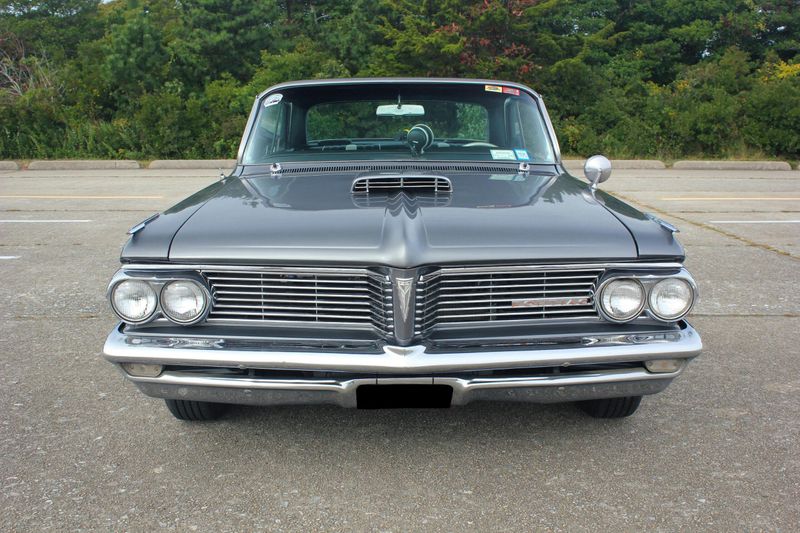
GM pulled the plug on Pontiac in 2010, ending a 94-year legacy that gave us the legendary GTO and Trans Am.
Born as a companion to Oakland cars, Pontiac evolved into the performance division that defined American muscle. The brand reached its zenith in the 1960s with John DeLorean’s engineering wizardry.
After struggling through the 2000s with forgettable models like the Aztek (yes, Walter White’s car), Pontiac became a casualty of GM’s post-recession restructuring.
2. Oldsmobile

Founded in 1897 by Ransom E. Olds, Oldsmobile holds the distinction of being one of America’s earliest automakers. The company pioneered the assembly line before Ford perfected it!
For decades, Oldsmobile represented middle-class success with innovations like the first automatic transmission.
By the 1990s, however, the brand struggled with identity issues. Despite valiant attempts with the Aurora and Alero models, Oldsmobile couldn’t escape its dated image, and GM retired the nameplate in 2004.
3. Mercury
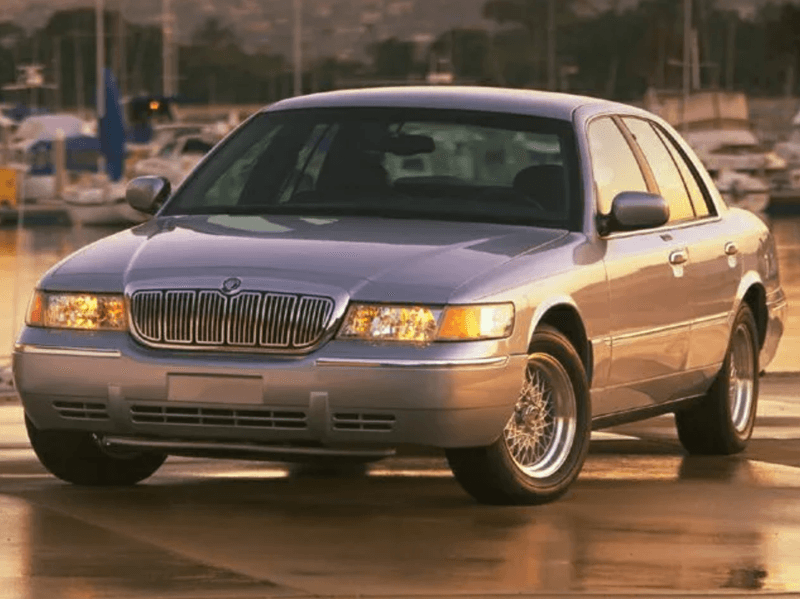
Squeezed between everyday Fords and luxury Lincolns, Mercury never quite found its groove.
Edsel Ford created the brand in 1939 to bridge the gap between his father’s affordable cars and the company’s upscale offerings.
The Cougar and Marauder briefly gave Mercury performance credibility, while the Grand Marquis became the quintessential grandparent cruiser.
As Ford streamlined operations during the 2008 financial crisis, Mercury became expendable. The last Mercury, a Grand Marquis, rolled off the assembly line in January 2011.
4. Saturn
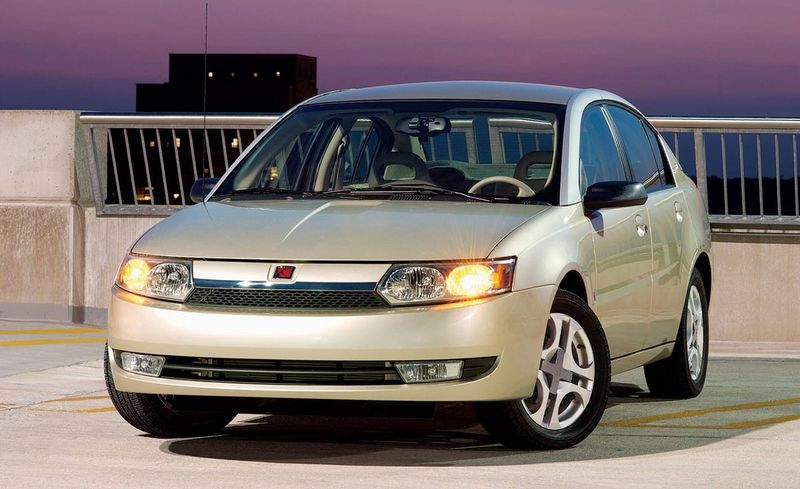
Plastic-bodied cars that wouldn’t dent or rust? No-haggle pricing?
Saturn revolutionized car buying in the 1990s with its customer-first approach and Tennessee factory where owners could watch their cars being built.
GM created Saturn to combat Japanese imports with a clean-slate design philosophy.
Initially successful with loyal customers who attended annual “homecoming” events, Saturn eventually suffered from corporate neglect.
When the 2008 recession forced GM to trim brands, the experiment ended despite a last-minute attempt to sell Saturn to Penske.
5. Plymouth
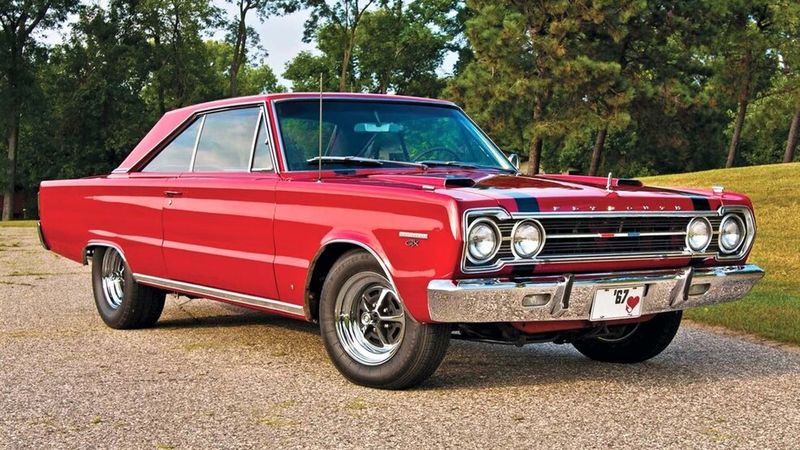
Rock n’ roll and Plymouth go hand-in-hand—just ask Buddy Holly about his “that’ll be the day” Plymouth or Bruce Springsteen’s references in “Pink Cadillac.”
Walter Chrysler created Plymouth in 1928 as his answer to Ford and Chevrolet’s affordable models.
The brand struck gold during the muscle car era with the Road Runner and Barracuda. Plymouth’s fortunes declined in the 1980s as Chrysler rebranded many models.
By 2001, the once-mighty marque faded away, with the retro-styled Prowler serving as its swan song.
6. DeSoto

Chrome, fins, and flamboyant styling defined DeSoto during America’s automotive golden age. Chrysler launched the brand in 1928, naming it after Spanish explorer Hernando de Soto.
DeSoto thrived in the post-war boom with models like the Fireflite and Adventurer, featuring cutting-edge options including push-button transmissions.
The brand’s demise came suddenly—Chrysler discontinued DeSoto in 1961 after just introducing new models.
Caught between Dodge and Chrysler in the corporate hierarchy, DeSoto became redundant as Americans embraced compacts.
7. Hudson

Long before NASCAR became a phenomenon, Hudson dominated early stock car racing with its revolutionary “step-down” design.
Founded in 1909 by department store magnate Joseph L. Hudson, the company created cars with floors recessed between the frame rails, lowering the center of gravity.
The 1948 Hudson Hornet remains legendary for its handling prowess—it won 27 of 34 NASCAR races in 1952! Financial pressures forced Hudson to merge with Nash in 1954, forming American Motors.
The Hudson name disappeared just three years later, though it lives on as Doc Hudson in Pixar’s “Cars.”
8. Nash
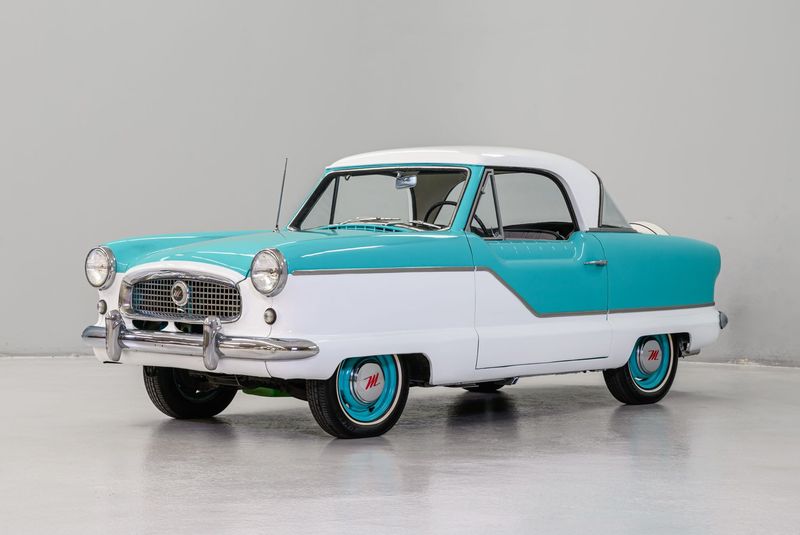
Weather Eye heating. Reclining seats that turned into beds. Unibody construction. Nash pioneered practical innovations while competitors focused on style and horsepower.
Charles Nash founded his company in 1916 after leaving General Motors, focusing on sensible transportation. The Nash Rambler helped establish the compact car segment in America.
Though Nash merged with Hudson to form American Motors in 1954, its practical DNA lived on in AMC products for decades.
The Nash Metropolitan, a tiny import, has become a collector’s darling for its adorable proportions.
9. Studebaker
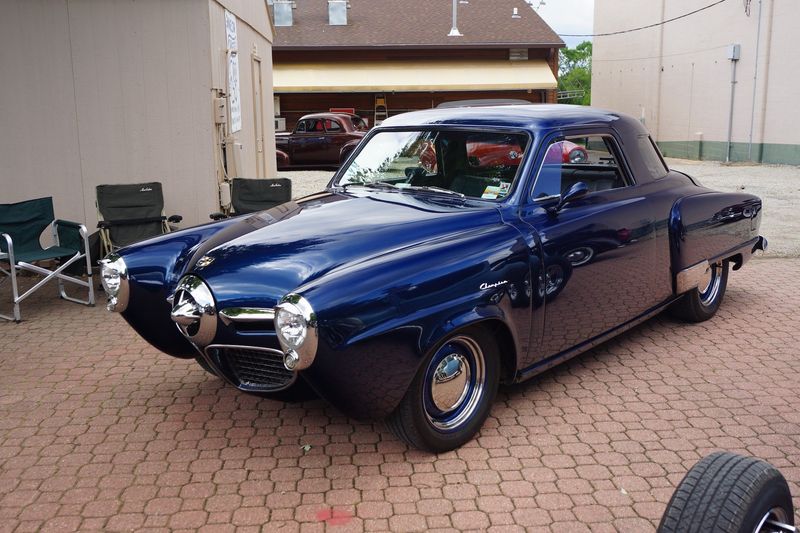
Before automobiles existed, Studebaker built covered wagons for westward-bound pioneers. This South Bend, Indiana company successfully transitioned to motorized vehicles, producing reliable cars for decades.
Studebaker’s 1947 “coming or going” design baffled onlookers who couldn’t tell if it was moving forward or backward.
The 1953 Starliner coupe, penned by Raymond Loewy’s team, remains one of America’s most beautiful cars.
Financial troubles eventually caught up with the company, and the last Studebaker rolled off the line in 1966.
10. Packard
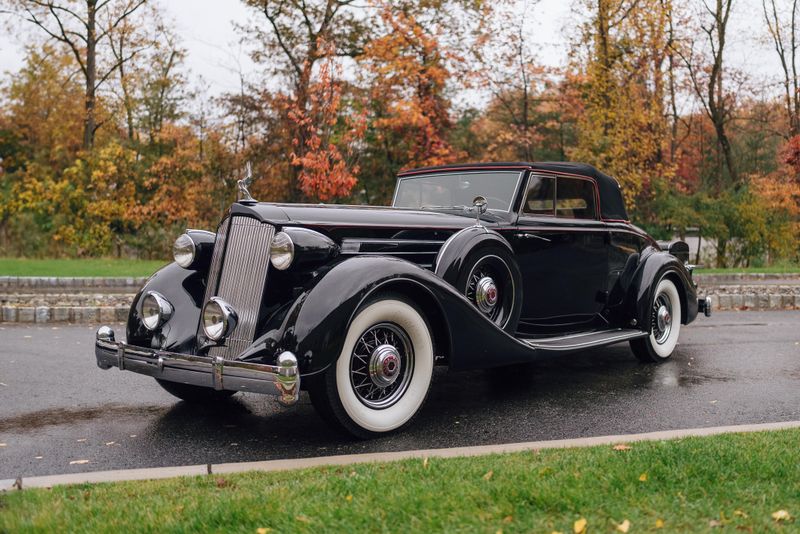
“Ask the man who owns one” was Packard’s famous slogan, reflecting the prestige of driving America’s finest luxury car.
Founded in 1899, Packard built vehicles of uncompromising quality that competed with Europe’s best.
The Depression hit Packard hard, forcing a move toward more affordable models. After World War II, the company struggled to recapture its luxury image.
A disastrous 1954 merger with Studebaker sealed Packard’s fate. The final true Packards were built in 1956, though Studebaker slapped Packard badges on its cars until 1958.
11. Tucker
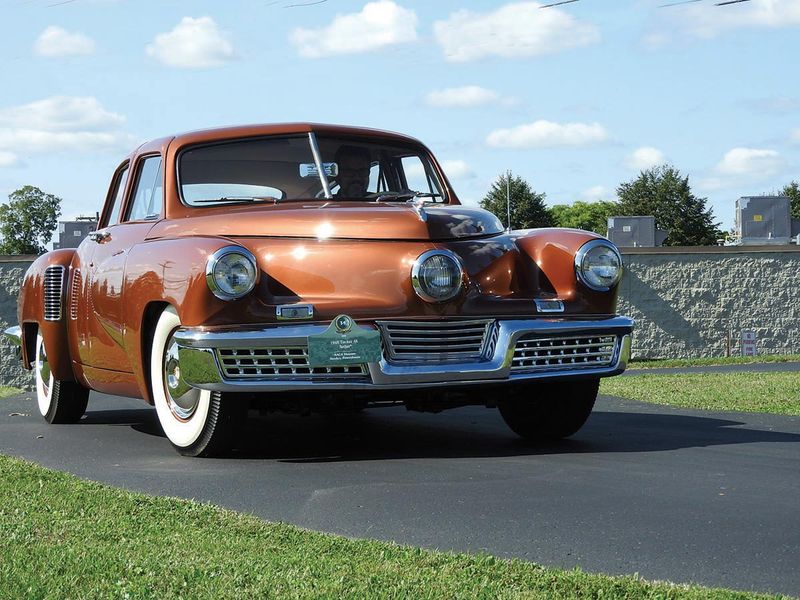
Fifty-one cars. That’s all Preston Tucker managed to build before his revolutionary company collapsed amid controversy and legal troubles.
His 1948 Tucker Sedan featured innovations decades ahead of their time: a central headlight that turned with the steering wheel, a padded dashboard, and a pop-out windshield for safety.
The Tucker story became American legend through Francis Ford Coppola’s film “Tucker: The Man and His Dream.”
Was Tucker crushed by the Big Three automakers or his own mismanagement? The debate continues, but surviving Tuckers now command millions at auction.
12. Eagle

Born from the ashes of American Motors Corporation, Eagle became Chrysler’s quirky brand for all-wheel-drive vehicles after the 1987 AMC acquisition.
The Jeep-building division was Chrysler’s primary target, but they inherited Eagle in the process.
The Eagle Talon, a turbocharged sports coupe developed with Mitsubishi, gained a cult following among performance enthusiasts.
Most other Eagles were rebadged Renaults or Mitsubishis with questionable reliability.
Never finding its market niche, Eagle faded away in 1998, though the Talon’s spirit lives on in today’s rally-inspired sport compacts.
13. Hummer

Nothing screamed “excess” in the 1990s quite like a civilian Hummer.
After seeing military Humvees in Operation Desert Storm, Arnold Schwarzenegger convinced AM General to create a consumer version of the military vehicle.
The original H1 was essentially an unfiltered military truck with leather seats and air conditioning. General Motors purchased the brand in 1999, introducing the more practical H2 and H3 models.
When gas prices soared and the economy tanked in 2008, Hummer became the poster child for gas-guzzling indulgence. GM discontinued the brand in 2010.
14. Kaiser
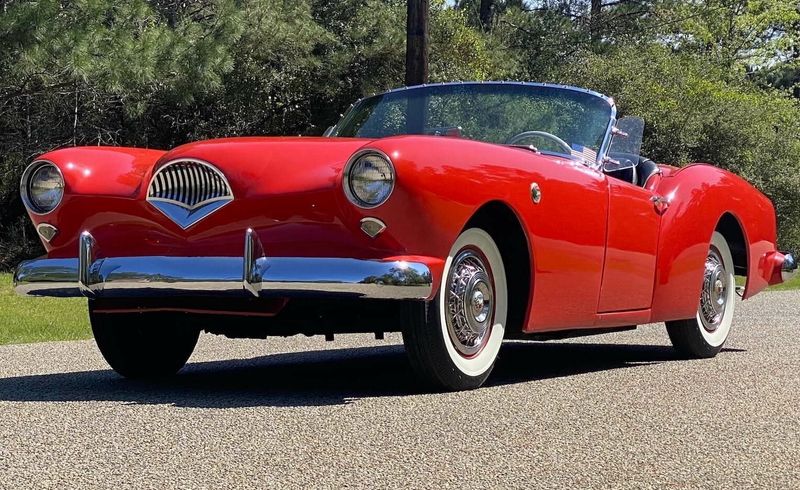
Shipbuilding magnate Henry J. Kaiser partnered with automobile executive Joseph Frazer to create Kaiser-Frazer Corporation after World War II.
Their timing seemed perfect—America was car-starved after years of wartime production stoppage.
Kaiser pioneered safety features and fiberglass bodies while other manufacturers relied on pre-war designs. The compact Henry J (named after the founder) predated economy cars by decades.
Despite innovation, Kaiser couldn’t compete with the Big Three’s economies of scale. By 1955, Kaiser exited the passenger car business, though the company lived on through its Jeep division.
15. AMC
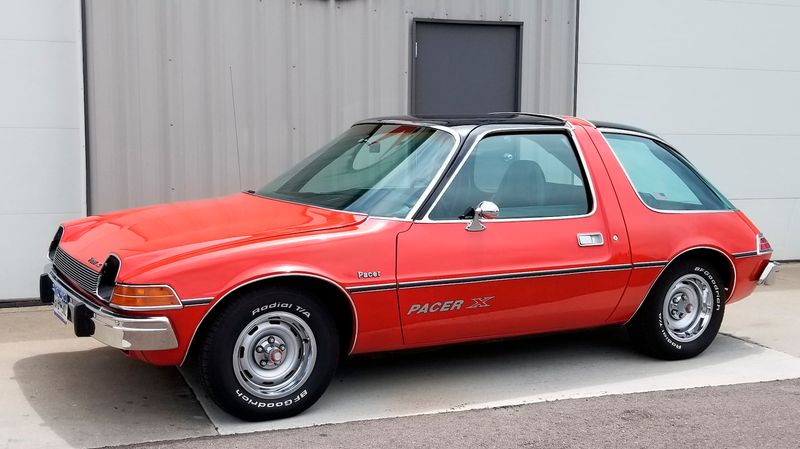
American Motors Corporation gave us some of the quirkiest, most personality-filled vehicles in automotive history.
Formed from the 1954 Nash-Hudson merger, AMC competed against the Big Three by zigging when they zagged.
The Gremlin, with its chopped-off rear, became an unlikely icon. The AMC Eagle pioneered the crossover concept with its car body and four-wheel-drive system.
Innovative CEO Roy Chapin Jr. kept AMC alive through partnerships with Renault, but mounting financial pressures led to Chrysler’s 1987 takeover, primarily to acquire the valuable Jeep brand.
16. LaSalle

Legendary GM designer Harley Earl made his mark with the LaSalle, Cadillac’s companion brand created to fill the price gap between Buick and Cadillac.
Launched in 1927, LaSalle brought European-inspired styling to the American market.
Named after French explorer René-Robert Cavelier, Sieur de La Salle, these cars offered Cadillac engineering with more youthful flair.
LaSalle thrived through the Depression by offering near-Cadillac luxury at a lower price point.
As the economy recovered, GM determined LaSalle had served its purpose. The brand disappeared after 1940, though its design influence lived on.
17. Scion
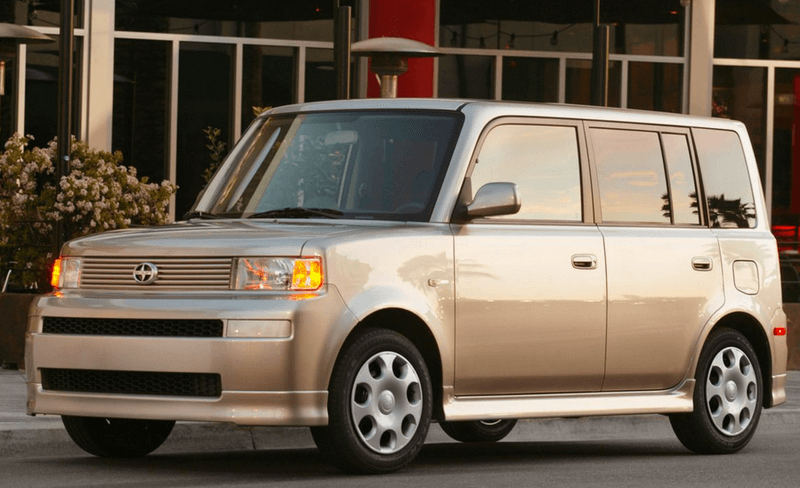
Remember when Toyota tried to be cool? Scion launched in 2003 as Toyota’s youth-focused brand with quirky box-shaped cars, no-haggle pricing, and heavy emphasis on customization.
The xB “toaster” became an urban icon, while the tC coupe offered affordable sportiness.
Scion’s most significant contribution came in 2012 with the FR-S (now Toyota GR86), a back-to-basics sports car developed with Subaru.
Despite initial success, Scion struggled as millennials delayed car purchases. Toyota folded the experiment in 2016, absorbing popular models back into the Toyota lineup.
